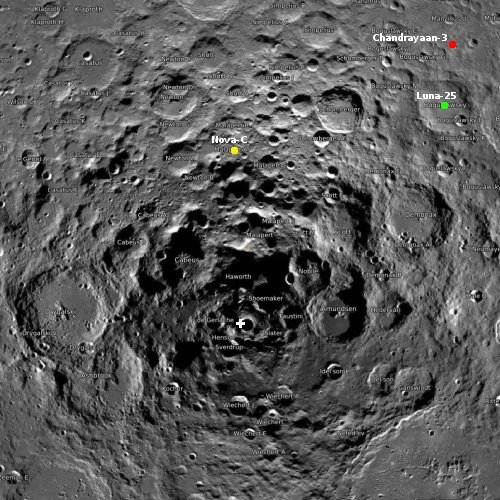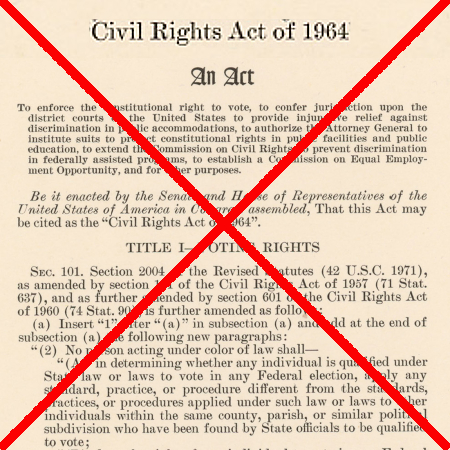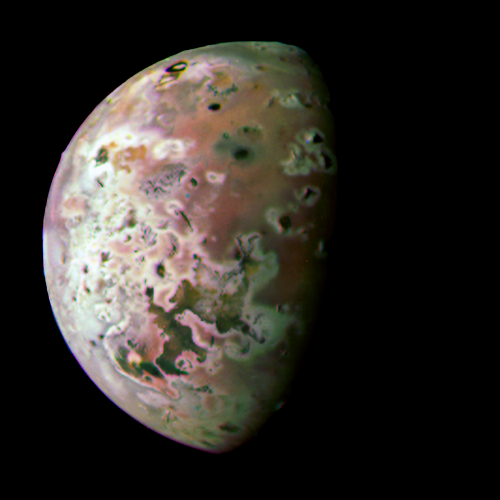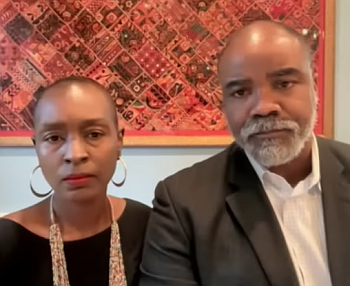Russia launches Luna-25 to the Moon
After almost two decades of development, Russia today used its Soyuz-2 rocket to launch Luna-25, its first lander to the Moon since the 1970s.
The link is cued to the live stream, just prior to launch. It will take several days to get to the Moon and enter orbit, make some orbital adjustments, then land in Boguslawsky crater, as shown on the map to the right. It is likely its landing will occur before India’s Chandrayaan-3 lands on August 23rd but not certain, depending on the adjustments needed in lunar orbit. Both could even land on the same day.
The leaders in the 2023 launch race:
54 SpaceX
33 China
11 Russia
6 Rocket Lab
6 India
American private enterprise still leads China in successful launches 62 to 33, and the entire world combined 62 to 55, while SpaceX by itself now trails the entire world (excluding American companies) 54 to 55.
After almost two decades of development, Russia today used its Soyuz-2 rocket to launch Luna-25, its first lander to the Moon since the 1970s.
The link is cued to the live stream, just prior to launch. It will take several days to get to the Moon and enter orbit, make some orbital adjustments, then land in Boguslawsky crater, as shown on the map to the right. It is likely its landing will occur before India’s Chandrayaan-3 lands on August 23rd but not certain, depending on the adjustments needed in lunar orbit. Both could even land on the same day.
The leaders in the 2023 launch race:
54 SpaceX
33 China
11 Russia
6 Rocket Lab
6 India
American private enterprise still leads China in successful launches 62 to 33, and the entire world combined 62 to 55, while SpaceX by itself now trails the entire world (excluding American companies) 54 to 55.
















